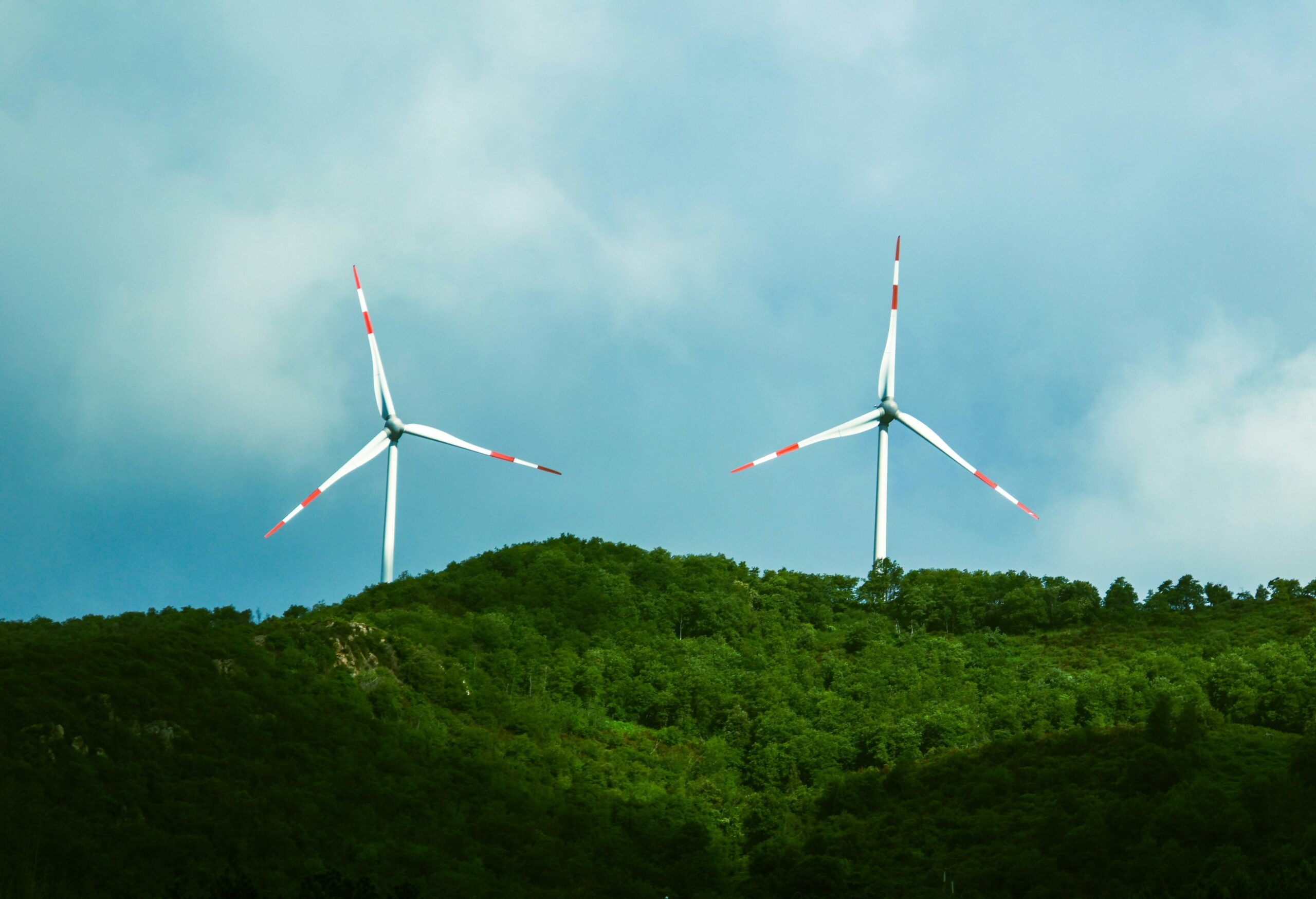Introduction
The question of China Green Energy Leadership has emerged as one of the most important debates in global climate and political discourse. As the world races to transition from fossil fuels to renewable energy, China has positioned itself as a clear frontrunner in solar, wind, and electric vehicle (EV) industries. Yet, this dominance has sparked both admiration and concern, raising questions about economic competition, geopolitical influence, and the effectiveness of global climate action.
The rise of China Green Energy Leadership offers opportunities for advancing climate goals, but it also exposes tensions between environmental cooperation and international rivalry.
China’s Dominance in Renewable Energy
In just two decades, China Green Energy Leadership has transformed the country into the largest producer and consumer of renewable energy in the world. Key areas of dominance include:
- Solar power: China manufactures over 80% of the world’s solar panels, controlling the supply chain from raw materials to finished products.
- Wind power: The country has installed more wind capacity than the next three countries combined.
- Electric vehicles (EVs): Chinese companies such as BYD and NIO are challenging Tesla, with BYD recently surpassing Tesla in global EV sales.
- Battery technology: China leads in lithium-ion battery production, which is essential for EVs and energy storage.
This dominance has cemented China’s reputation as the global hub of clean energy innovation.
Why China Invested So Heavily
The success of China Green Energy Leadership did not happen by accident. It stems from deliberate policy choices:
- State support: Massive government subsidies and industrial planning encouraged renewable energy industries to scale quickly.
- Environmental pressure: Severe air pollution forced China to adopt cleaner alternatives to coal.
- Global opportunity: Recognizing the growing international demand for clean energy, China saw an opening to capture markets and secure influence.
By combining economic strategy with environmental necessity, China turned clean energy into both a domestic solution and a global business.
Benefits for Global Climate Goals
Advocates argue that China Green Energy Leadership is critical for achieving global climate targets. Without China’s mass production of solar panels, renewable energy would remain prohibitively expensive for many countries.
Key benefits include:
- Cost reductions: China’s dominance has driven down solar panel costs by over 80% in a decade.
- Wider access: Developing countries now have cheaper access to renewable technologies.
- Rapid deployment: China’s manufacturing capacity allows for large-scale renewable projects worldwide.
From this perspective, China Green Energy Leadership is not just about economics—it is a lifeline for the planet’s climate future.
Concerns from the West
Despite the clear climate benefits, China Green Energy Leadership has triggered unease in Western capitals. Critics argue that:
- Overreliance on China for critical supply chains creates vulnerability in times of political tension.
- Economic competition threatens industries in Europe and the U.S., particularly in EVs and solar.
- Labor and environmental standards in Chinese manufacturing remain controversial.
The European Union has even launched investigations into Chinese EV subsidies, accusing Beijing of unfair competition.
Geopolitical Implications
The China Green Energy Leadership debate is not just economic—it is geopolitical. By controlling green energy supply chains, China strengthens its global influence. For example:
- Belt and Road Initiative (BRI): Many infrastructure projects now include solar and wind components built with Chinese technology.
- Diplomatic leverage: Access to affordable clean energy technology gives China bargaining power in international negotiations.
- Strategic rivalry: The U.S. and its allies worry about falling behind in industries that will define the 21st-century economy.
Thus, the green energy race has become a proxy for broader power struggles between China and the West.

The Domestic Perspective
Domestically, China Green Energy Leadership is also about addressing the country’s urgent environmental problems. Despite its renewable energy boom, China still burns more coal than the rest of the world combined. This contradiction shows that while progress is real, the transition is far from complete.
Still, the government has pledged to peak carbon emissions before 2030 and achieve carbon neutrality by 2060. Achieving these goals will depend heavily on the continued expansion of renewable energy.
Challenges to China’s Leadership
While China Green Energy Leadership is strong, it faces several challenges:
- Trade restrictions: Tariffs and anti-subsidy measures from the U.S. and EU could limit Chinese exports.
- Overcapacity risks: Producing more panels, batteries, and EVs than the market can absorb could create financial instability.
- Environmental costs: Mining for lithium and rare earth minerals, essential for batteries, raises new ecological concerns.
- Domestic coal reliance: Continued use of coal undermines China’s green reputation.
These challenges suggest that leadership in green energy is not guaranteed—it must be sustained through innovation and global cooperation.
The Global Climate Cooperation Dilemma
The China Green Energy Leadership debate illustrates the difficulty of balancing climate cooperation with political competition. On the one hand, the world needs China’s renewable energy output to meet the Paris Agreement targets. On the other hand, governments are reluctant to depend too heavily on a geopolitical rival.
This creates a paradox: China’s leadership is both indispensable and controversial.
Conclusion
The rise of China Green Energy Leadership has reshaped global energy politics. It demonstrates how quickly a nation can transition from an environmental laggard to a renewable superpower, given the right mix of state support, industrial planning, and market opportunity.
Yet, this leadership also sparks intense debate. Supporters see it as essential for tackling climate change, while critics fear overdependence and geopolitical risks. What is clear is that the future of global energy, climate action, and international relations will be deeply influenced by how the world responds to China Green Energy Leadership—whether as a partner, a competitor, or both.
Source:
Reuters


